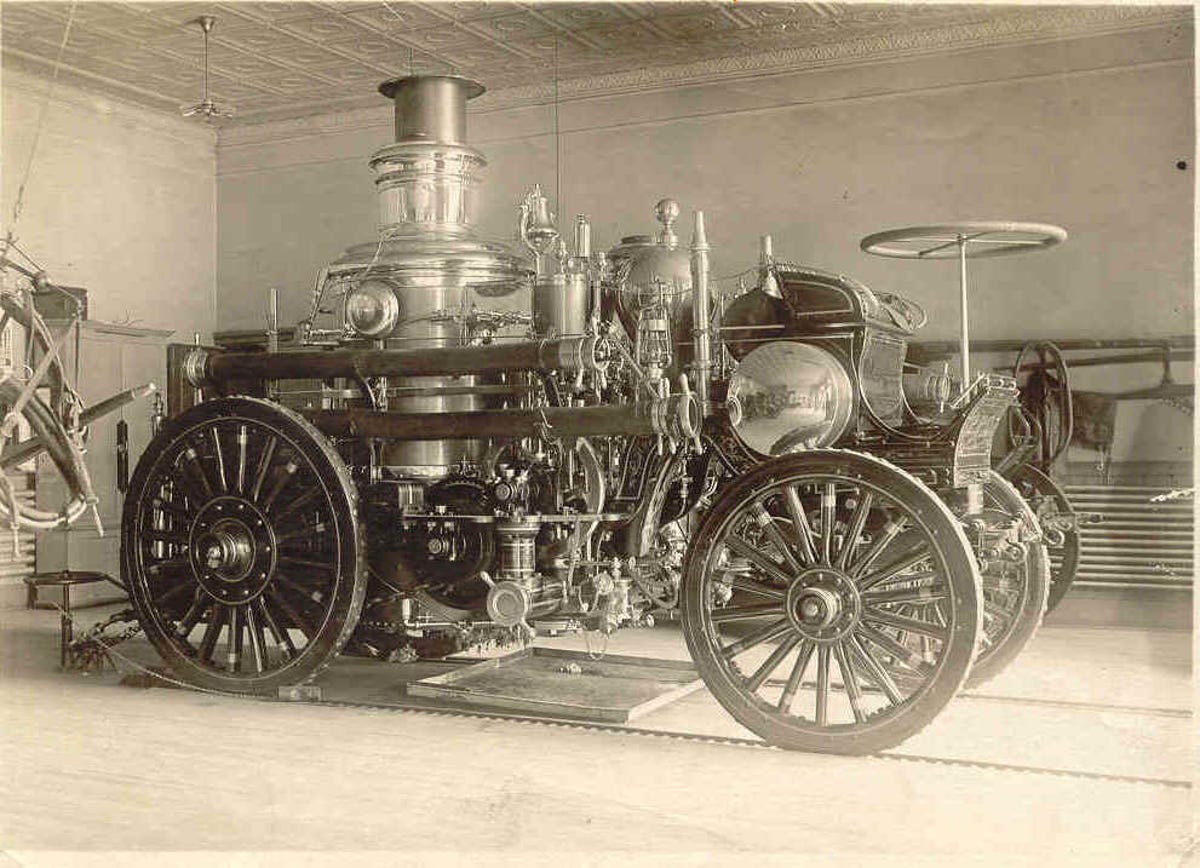Top 10 greatest automobile innovations ever (pictures)
From manufacturing techniques to in-car computers, these are the biggest breakthrough technologies in the history of the car.

Steam engines
As idea of the car as a personal mode of mechanized transportation was coming to fruition in the late 1800s, the steam engine was initially the engine of choice to power cars.
Having already been put to work on other machines, steam engines initially had the advantage over gasoline engines in that they were already in wide use and understood by mechanics and engineers.
See also: How Google's robo-cars mean the end of driving as we know it
Gasoline engine
Here, Emmet L. Reed, laboratory assistant at the U.S. Bureau of Standards, uses a special microscope to measure the degree of wear that substitute gasoline produced on an automobile engine cylinder circa 1940.
See also: How Google's robo-cars mean the end of driving as we know it
Mass production
Integration of assembly lines and mass production soon had cars flowing out of the factories at a much faster pace.
See also: How Google's robo-cars mean the end of driving as we know it
Automatic transmissions
A GM ad for that model year proclaims: "No Clutch Pedal! A Free Unshackled Right Hand! World's Simplest, Easiest Way to Drive!"
See also: How Google's robo-cars mean the end of driving as we know it
Power steering and power brakes
Chrysler introduced the first commercially available passenger car power steering system on the 1951 Chrysler Imperial under the name "Hydraguide" -- another step in making cars easier to operate and more accessible to just about anyone.
See also: How Google's robo-cars mean the end of driving as we know it
Seatbelts
According to the National Organizations for Youth Safety, ejection from the vehicle is one of the most severe events that can happen to a person in a car crash. In fatal crashes in 2008, 77 percent of passenger vehicle occupants who were totally ejected from the vehicle were killed.
See also: How Google's robo-cars mean the end of driving as we know it
Airbags and car safety
Crash test dummies involved in a side impact collision demonstrate General Motors' new front center air bag, the industry's first inflatable center restraint designed to help protect drivers and front passengers in side impact crashes in 2011.
Today, safety innovation continues. Tesla recently released data about crash tests, showing that it not only earned 5-star ratings from NHTSA in every category, but proved to be safer than any other car on the road.
See also: How Google's robo-cars mean the end of driving as we know it
Antilock brakes
Here, an employee of the Quattro AG, a subsidiary of Audi, works on the brakes of an Audi R8 on the assembly line in the plant at Neckarsulm, Germany.
See also: How Google's robo-cars mean the end of driving as we know it
Electric engines
See also: How Google's robo-cars mean the end of driving as we know it
Maps and GPS
Today, many car systems are entirely computerized -- everything from seats to the suspension and rear-view cameras.
And as cars become more and more computerized, calculating and adjusting every detail of your trip, why stop there? Why waste your time doing the actual driving, when technology can be your chauffeur? The century-old auto culture is on the verge of radical change, and you can thank Google for where it's headed.
See also: How Google's robo-cars mean the end of driving as we know it

